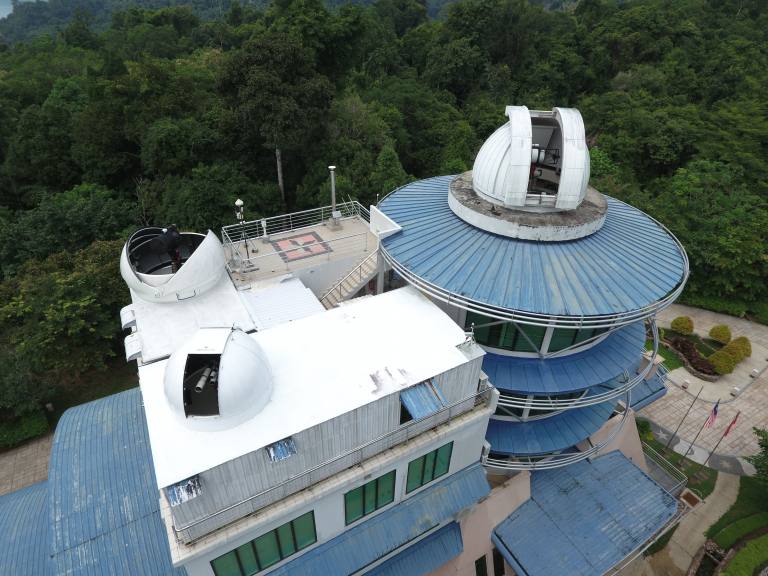Key Takeaways
- The Space Race began post-World War II, culminating in the U.S. moon landing in 1969.
- Renewed interest in space includes various stakeholders seeking economic and technological gains from solar system resources.
- Malaysia is enhancing its space involvement through programs focused on satellite technology and sustainable future developments.
The Evolving Space Race
Since the 1960s, human ambition in space exploration surged, marked by the competitive spirit between the United States and the Soviet Union. The race effectively concluded on July 20, 1969, when Neil Armstrong and Buzz Aldrin became the first humans to land on the Moon, fulfilling a promise made by President John F. Kennedy.
Today, the term “Space Race” has gained new relevance, attracting national governments, international coalitions, and private companies. The quest now focuses on the vast resources within our solar system, including essential materials like Helium-3 for nuclear fusion and various metals in asteroids, crucial for technology industries.
Resources like water ice on the Moon and Mars could support human habitation and provide essential fuel. Similarly, rare-earth elements found in asteroids could decrease reliance on destructive mining on Earth, leading to sustainable supply chains and economic growth.
While Malaysia’s involvement in space exploration has been modest, it has achieved notable milestones, such as sending Dr. Sheikh Muszaphar Shukor into space in 2007 and establishing the Malaysian Space Agency (MYSA) in 2019. The agency’s focus includes satellite technologies and monitoring systems, essential for disaster preparedness and climate change.
The launch of the Malaysia Space Policy 2030 emphasizes expanding domestic space capabilities. Recent seismic events in Johor underscore the necessity for advanced monitoring and early warning systems, which space technologies can facilitate.
Although the complete colonization of space may seem distant for Malaysia, the benefits of spin-off technologies are tangible. Innovations from the space sector often find applications in everyday life, leading to advancements in logistics, energy efficiency, and environmental sustainability.
For example, GPS technology has revolutionized logistics and delivery services. Developments in materials for spacecraft can enhance the automotive and aviation industries. Additional technologies from space, including advanced solar panels, support Malaysia’s renewable energy goals.
In alignment with global sustainability objectives, space-efficient designs can promote environmentally friendly smart cities, reducing waste and energy consumption. Portable solutions developed for space, like water recyclers and modular living units, can improve urban resilience against disasters.
In conclusion, as Malaysia embraces space-driven innovations, it positions itself as a forward-thinking nation capitalizing on advancements in science and technology. This commitment to space exploration not only bolsters national resilience but also enhances societal well-being and competitiveness on a global scale.
The content above is a summary. For more details, see the source article.















